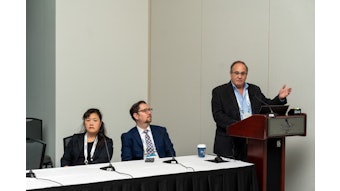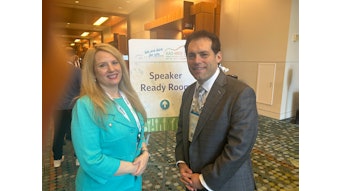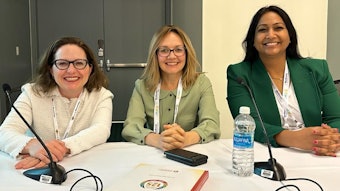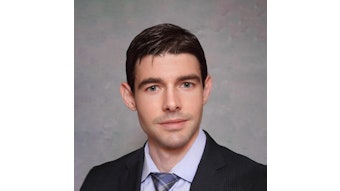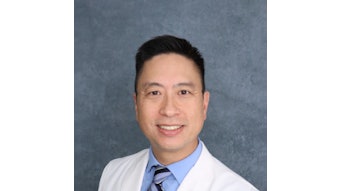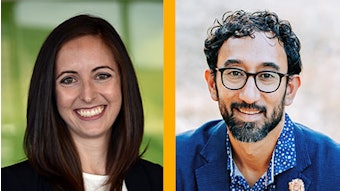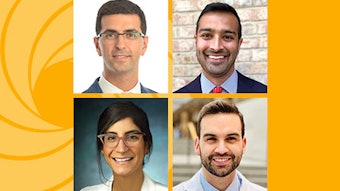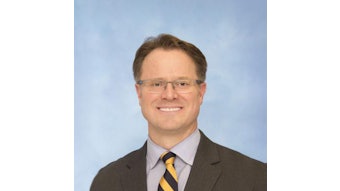Head, Neck, and Mind
Creating a safe and secure work environment for surgeons can lead to better outcomes for otolaryngological patients and support the well-being of surgeons and team members.
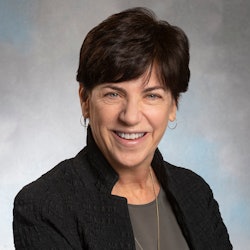
Creating a safe working environment for surgeons means more than just making sure the operating room is sterile. It also means making an environment where the surgical team feels confident that they will be able to speak up and ask questions without fear of being embarrassed or humiliated. That, according to Jo A. Shapiro, MD, Associate Professor of Otolaryngology-Head and Neck Surgery at Harvard Medical School in Boston, Massachusetts, is how the researcher Amy Edmonson defines team psychological safety.
“The crux of it is mutual trust and respect,” Dr. Shapiro said. “Whatever your role is, you want people to feel they are trusted and respected and that they can trust and respect you as well.”
That trust and respect are part of three pillars of creating a safe environment that will be touched on in Monday’s session, “Psychological Safety for Surgeons: Building Trust, Teamwork, and Well-Being in Otolaryngology.”
Dr. Shapiro said, “The key to patient safety is for surgical teams to be able to learn from their experiences – whether those experiences are good or bad.
“In order to have a safe healthcare system where you learn from things, you have to have a psychologically safe environment so people feel they can speak up if something goes wrong or raise questions and concerns. It’s based on the idea of learning and not punishment. People make errors even though they think they are doing the right thing. So, punishing people for errors – our old culture of ‘shame and blame’ – is a completely misguided approach to patient safety.”
The first pillar of psychological safety, according to Dr. Shapiro, is to set explicit behavioral expectations. That means making sure everyone on the team knows that unprofessional behavior, such as microaggressions, being disruptive, or engaging in harassment, will not be tolerated.
“In order to establish a culture of psychological safety we have to look at those things that threaten psychological safety,” she said. “One that threatens or undermines it is unprofessional behavior. Unfortunately, medicine has tolerated these behaviors much longer than other professions, and we’ve only begun to change that in the last couple of decades.”
The second pillar involves educating people by helping them find ways to manage stress and conflict. “It’s something we’re not taught in medicine and yet we have plenty of (conflict), which should be healthy.” Dr. Shapiro said. “We need to be able to manage it in a way that preserves trust.”
The third pillar is for teams to create a system of accountability to ensure that there are consequences for those with patterns of behavior that violate trust. Dr. Shapiro noted that a key aspect of this is to have a fair and relational process for reporting, assessing, and addressing concerns if they are found to be valid.
“One of the things that stops organizations from being able to deal with unprofessional behavior is people who are in a position of vulnerability are afraid to bring concerns forward because they are afraid of being retaliated against,” she said. “When you’re working in an environment that’s supportive, it really increases your sense of well-being and engagement. When the opposite happens, it can increase burnout, decrease engagement at work, and affect patient outcomes.”

